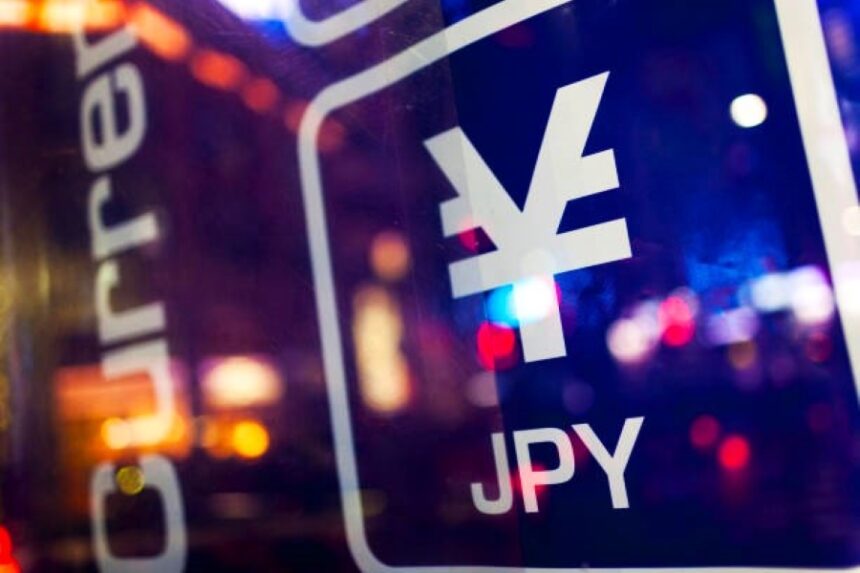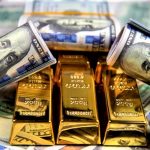Japanese yen rises on increased expectations that the BoJ would raise interest rates again.
The Japanese yen (JPY) recovered versus the US dollar (USD) on Friday, possibly due to recent improvement in Japan’s second-quarter GDP, which supports the probability of a near-term interest rate hike by the Bank of Japan.
Yen may suffer difficulties because of political uncertainty.
Japanese yen may face headwinds due to political uncertainty in Japan, as triggered by allegations of Prime Minister Fumio Kishida will not seek re-election as party leader in September, thereby ending his tenure as prime minister.
The US dollar is under pressure from falling US Treasury yields and rising speculations on a Fed rate cut.
The Japanese yen pair falls as the US dollar loses ground against lower Treasury yields. Furthermore, traders completely price in a 25 basis point rate cut by the US Federal Reserve in September, according to the CME FedWatch tool.
However, the Greenback gained strength as recent better-than-expected US economic statistics alleviated market concerns of a recession in the United States. In addition, the preliminary August US Michigan Consumer Sentiment Index and July Building Permits will be examined later in the North American session.
Daily Market Movers: Japanese Yen gains due to a hawkish environment surrounding the BOJ.
On Thursday, the United States Census According to the Bureau, US retail sales increased by 1.0% month over month in July, a dramatic contrast to June’s 0.2% fall and exceeding the expected 0.3% increase. Furthermore, initial jobless claims for the week ending August 9 totaled 227,000, lower than the projection of 235,000 and down from 234,000 the previous week.
On Thursday, Japanese Economy Minister Yoshitaka Shindo noted. That the economy expected to gradually revive as salaries and incomes rise. Shindo also stated that the government will work closely with the Bank of Japan to develop a flexible macroeconomic policy.
Japan’s GDP increased by 0.8% quarter on quarter in Q2, exceeding market expectations of 0.5% and recovering from a 0.6% drop in Q1. This was the highest quarterly growth since Q1 2023. Meanwhile, annualized GDP increased by 3.1%, beating market expectations of 2.1% and reversing a 2.3% decline in Q1. This was the strongest annual expansion since the second quarter of 2023.
Federal Reserve Bank of Chicago President Austan Goolsbee indicated greater concern about the labor market rather than inflation.
On Wednesday, Federal Reserve Bank of Chicago President Austan Goolsbee indicated greater concern about the labor market rather than inflation, citing recent pricing pressure improvements in the face of lackluster job data. Goolsbee also stated that the extent of rate decreases will be determined by current economic conditions, according to Bloomberg.
US headline The Consumer Price Index (CPI) increased 2.9% year on year in July, slightly lower than the 3% increase in June and below market expectations. The Core CPI, which excludes food and energy, rose 3.2% year on year, slightly lower than the 3.3% increase in June but in line with market expectations.
Japanese Prime Minister Fumio Kishida stated at a press conference on Wednesday that he will not run for re-election as leader of the Liberal Democratic Party (LDP) in September. Kishida underlined the need to tackle Japan’s deflation-prone economy by supporting wage and investment development, with the objective of expanding the country’s GDP to ¥600 trillion.
Jane Foley, senior FX strategist at Rabobank, believes that this week’s succession of US data releases, together with next week’s Jackson Hole event, will give the market with stronger insights into US policymakers’ likely moves. However, their major forecast is that the Fed would decrease interest rates by 25 basis points in September and possibly again before the end of the year.









